RTG4 FPGA by Microchip offers high-speed, radiation-tolerant performance for space applications, ensuring reliability in harsh environments.
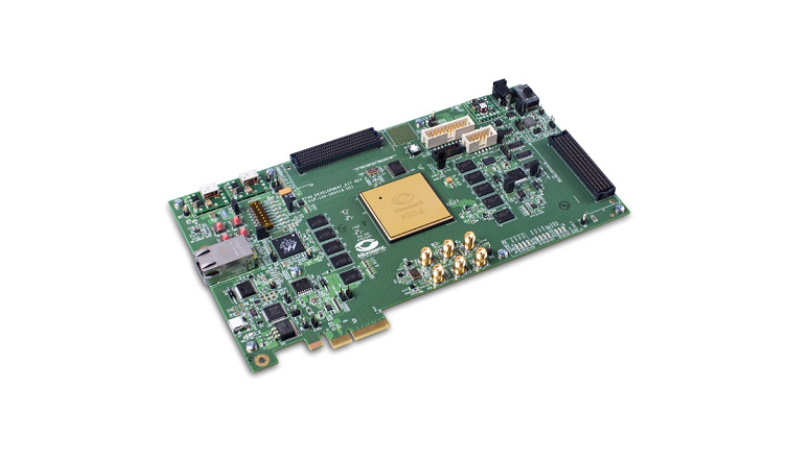
Blog » EEE Components » Semiconductors »

RTG4 FPGA by Microchip offers high-speed, radiation-tolerant performance for space applications, ensuring reliability in harsh environments.
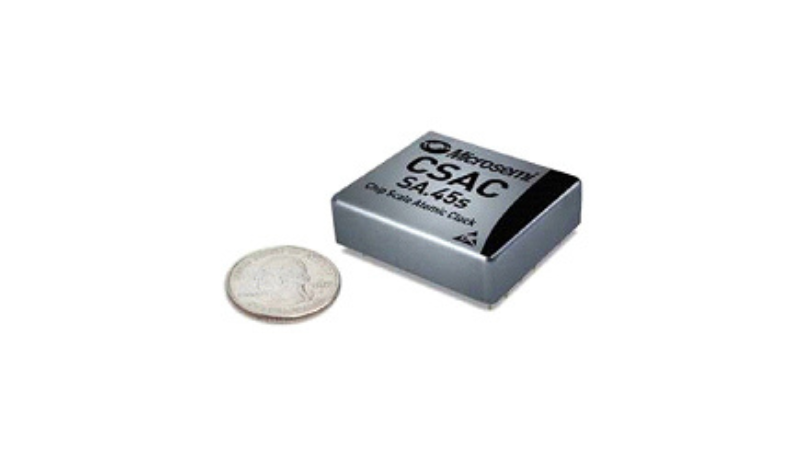
Microchip’s SA.45s CSAC offers radiation-tolerant, precise timing for LEO applications with low power, compact size, and high stability.
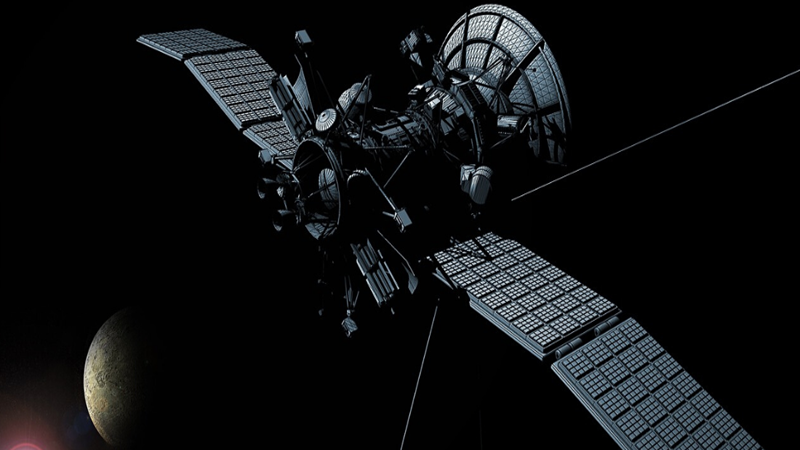
Operational Amplifiers (OpAmp) for space applications must meet strict requirements for temperature, radiation tolerance, and material compliance.

Various manufacturers offer LVDS microcircuits for Space applications, differing in radiation hardening, qualification levels, and export restrictions.
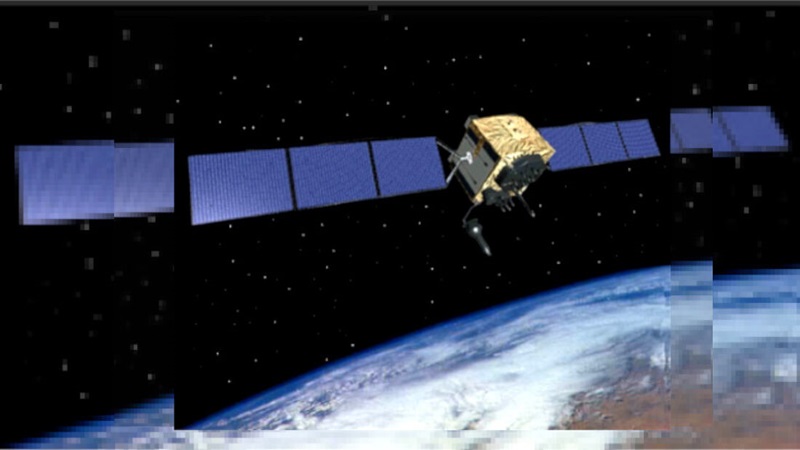
Rakon’s RK105 and RK205 oscillators offer high reliability and radiation tolerance for New Space applications.
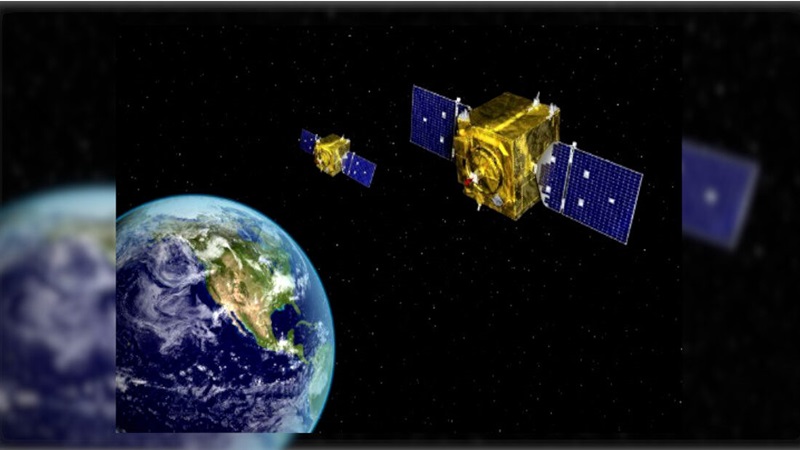
Q-Tech’s QT780, QT723, and QT735 series oscillators offer high reliability for LEO applications, built to stringent space standards.
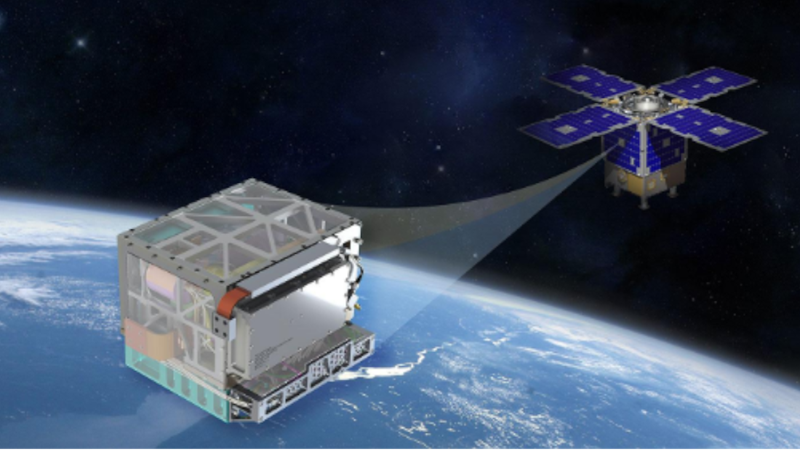
AXTAL offers sourcing and up-screening of quartz crystals for New Space, ensuring high reliability with various screening levels.
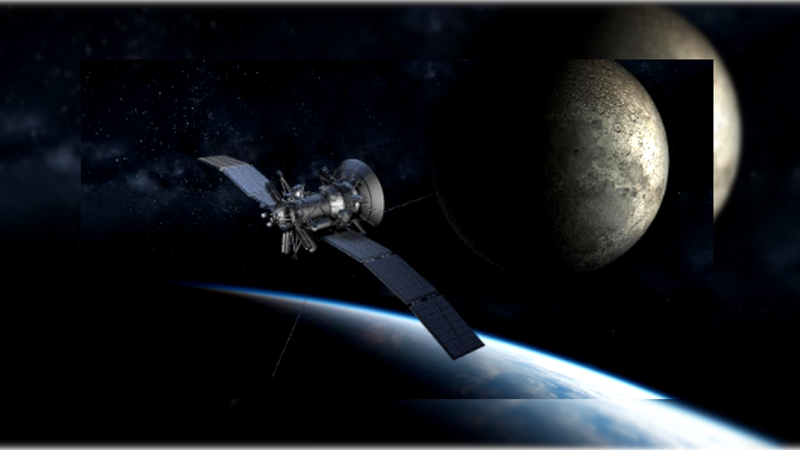
Texas Instruments’ Space Enhanced Plastic (SEP) devices offer radiation-tolerant solutions for New Space applications with enhanced reliability.
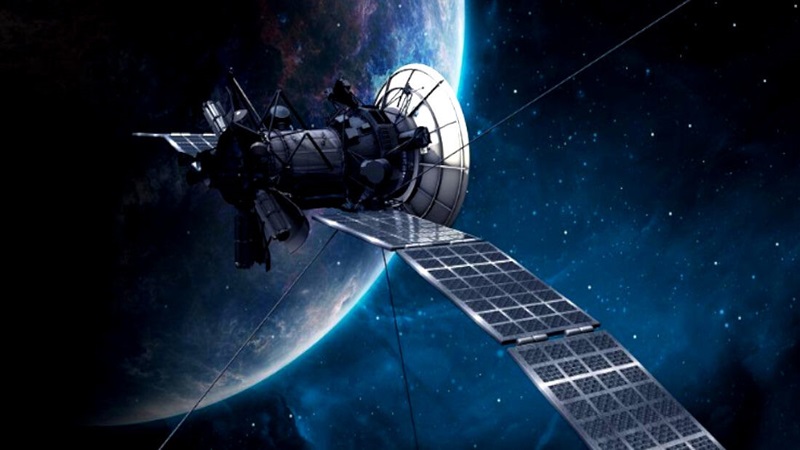
Renesas offers radiation-tolerant plastic-package ICs, providing cost-effective solutions for short-duration LEO missions.

Analog Devices offers CSL, CSM, and CSH screening flows to balance cost, reliability, and radiation tolerance for New Space applications.
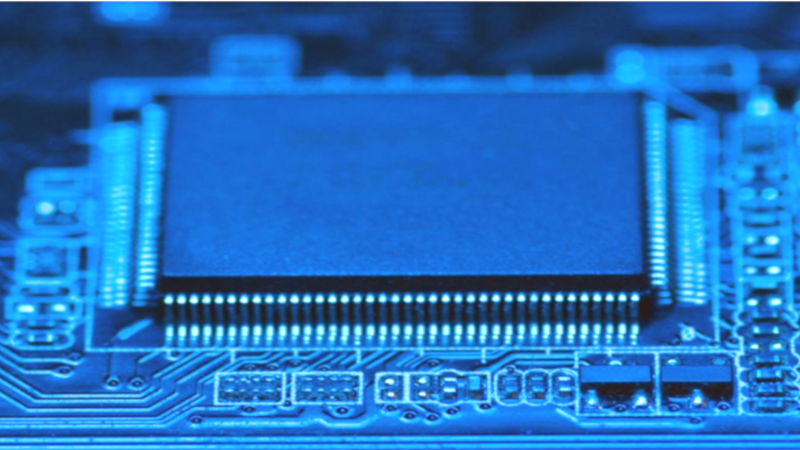
Microchip offers plastic rad tolerant MCUs, balancing cost, reliability, and radiation resistance for aerospace and New Space applications.

Microchip enhances radiation tolerance in MCUs, ensuring reliability for aerospace applications with improved immunity to space radiation.

EEE componentes play a key role in space power systems, balancing efficiency, voltage regulation, and weight reduction challenges.
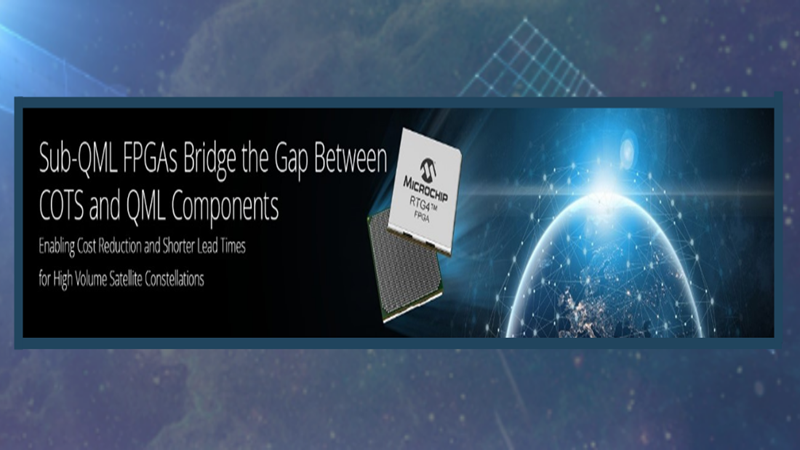
We have previously talked about the revolution that the Space business is currently experiencing, with New Space being a key player in it. To adapt...
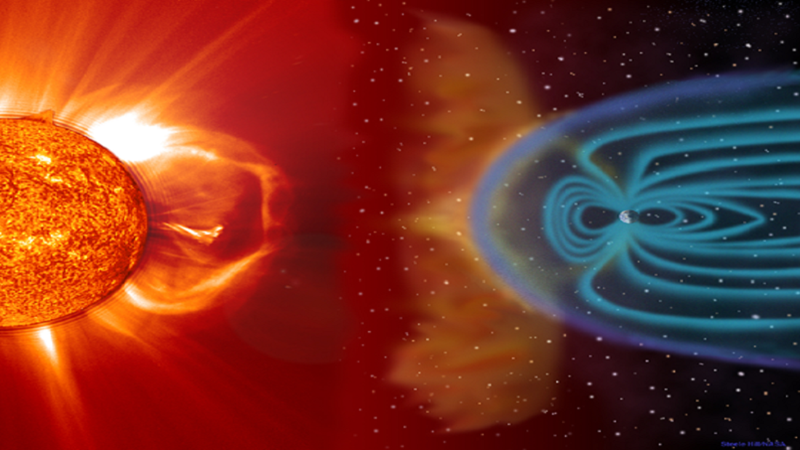
EEPROM devices in space missions are vulnerable to radiation effects like TID and SEE, impacting data integrity and system reliability.
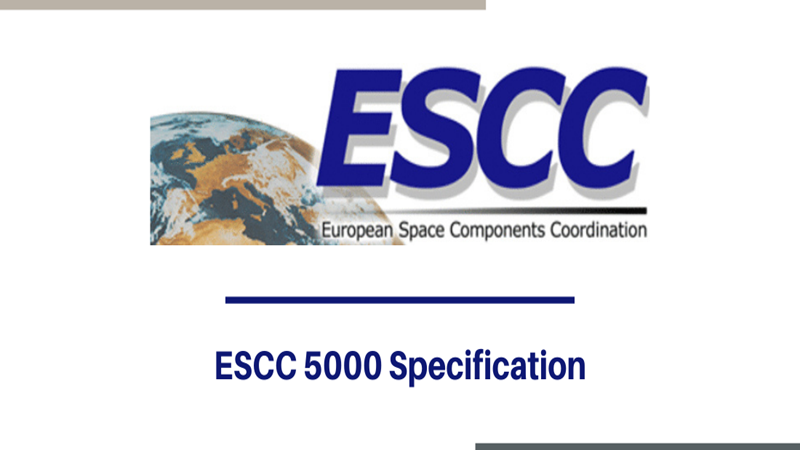
ESCC 5000 defines standards for discrete semiconductor components in space applications, including new tests for thermal stress and sealing quality.
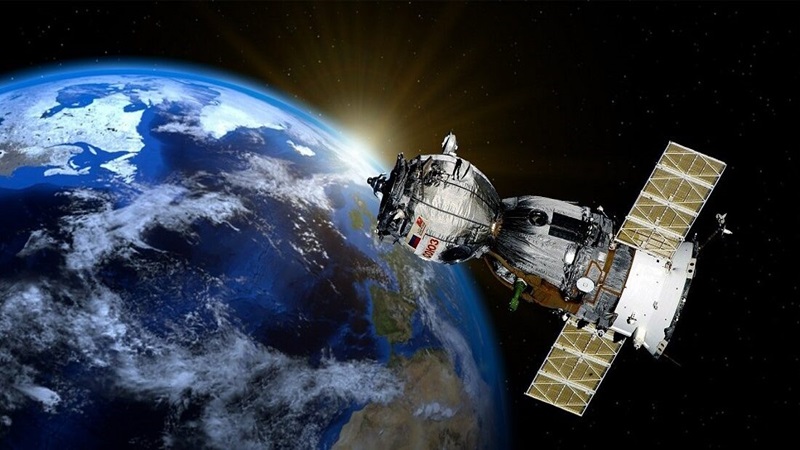
PoL converters optimize PCB space in satellites by providing localized voltage regulation, reducing size and improving power distribution efficiency.
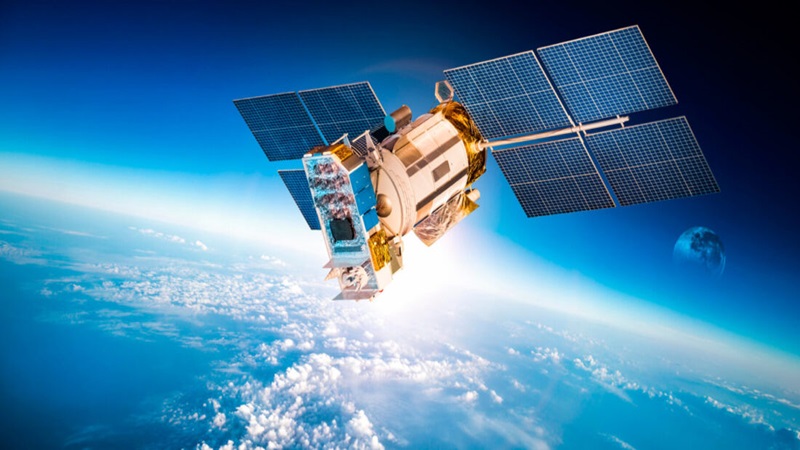
Secondary power distribution in satellites ensures efficient voltage regulation, balancing power loss, system efficiency, and space constraints.
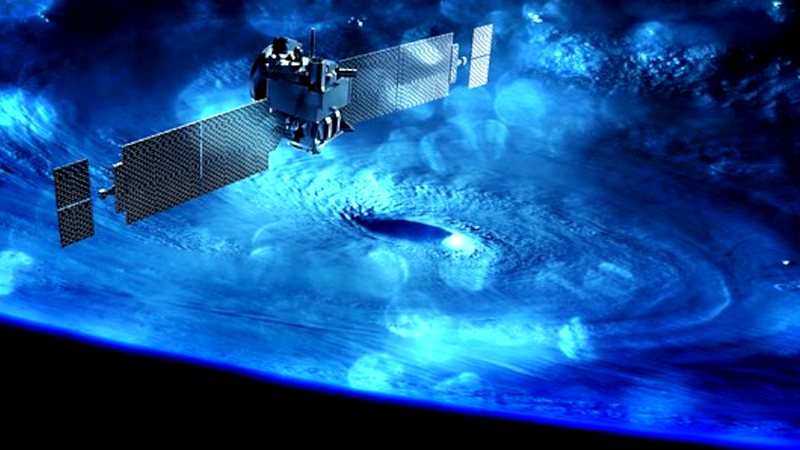
Intermediate bus converters improve spacecraft power efficiency by stepping down bus voltage for multiple point-of-load regulators.
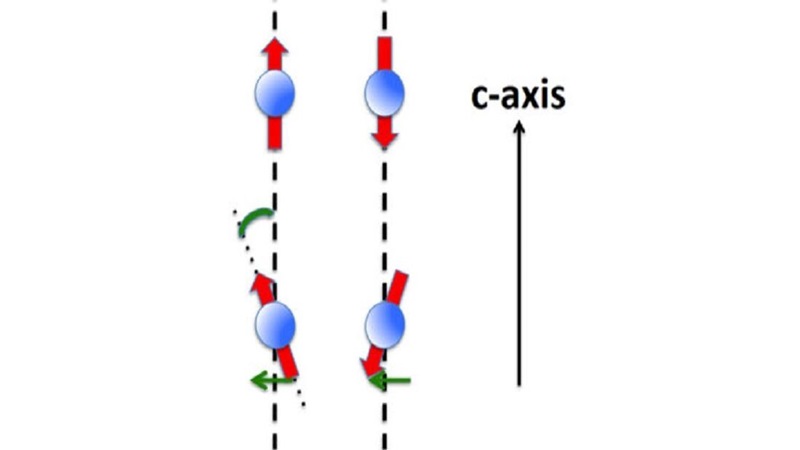
Quantum magnetism in materials like CaMnBi2 links magnetic properties to electronic band topology, enabling novel quantum electronic applications.